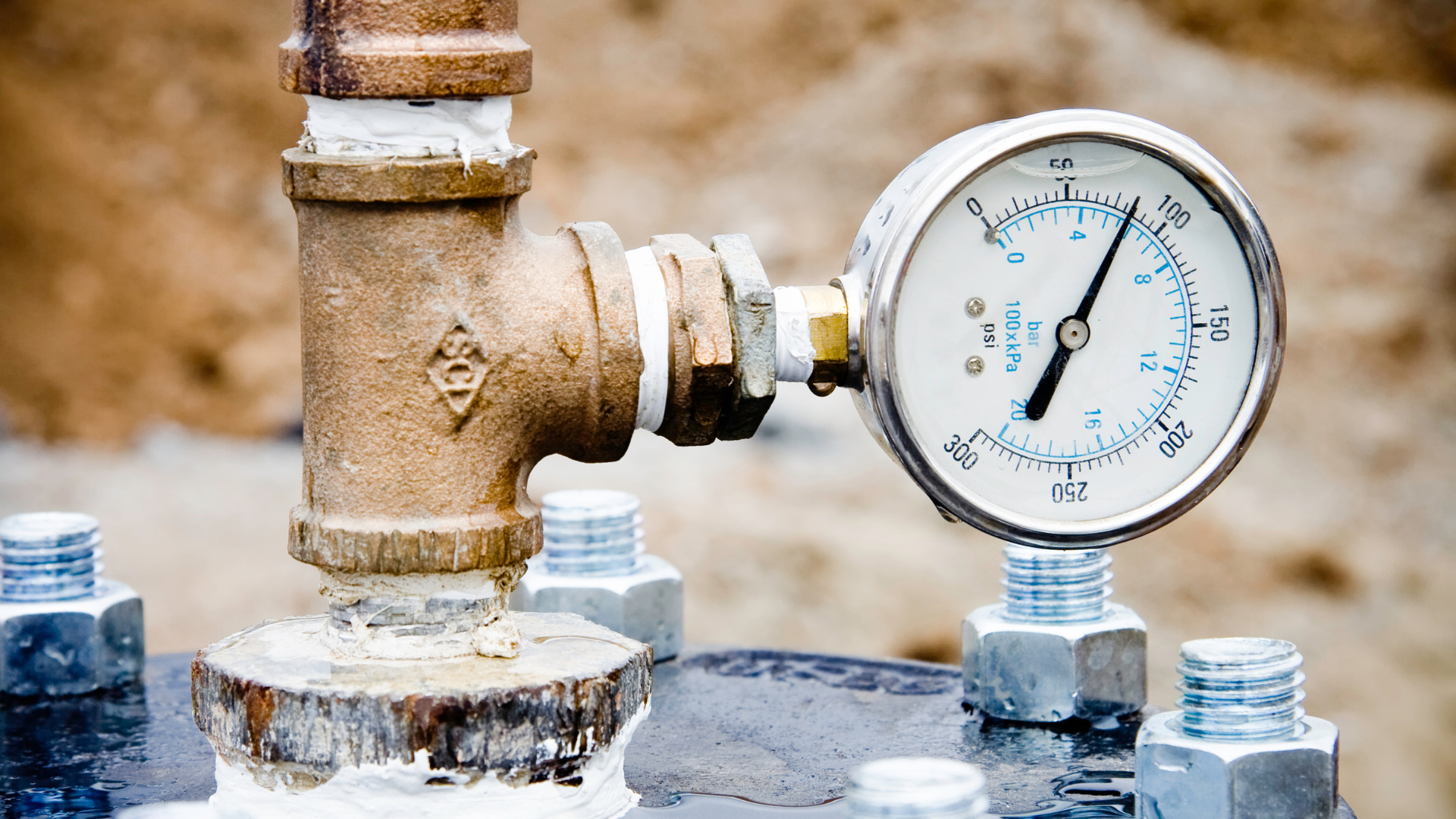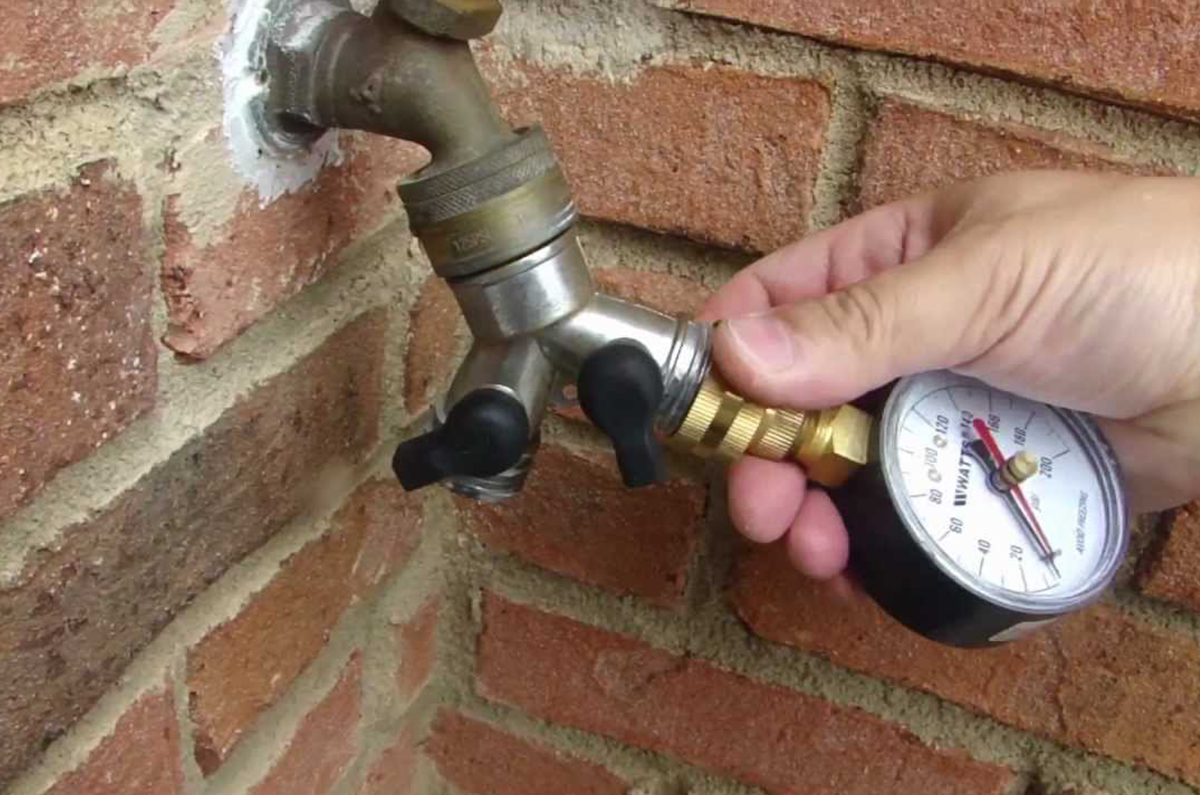Clear Instructions for Rectifying Low Water Pressure in Your Home
Clear Instructions for Rectifying Low Water Pressure in Your Home
Blog Article
The writer is making several great annotation about 4 Ways to Troubleshoot Low Water Pressure overall in this content further down.

Low tide pressure in your home can be a frustrating trouble, impacting every little thing from showering to cleaning meals. If you're experiencing weak water circulation, there are numerous possible reasons and services to discover. In this guide, we'll review usual reasons for low tide stress and useful actions to address the problem effectively.
Introduction to Low Water Stress
Low water stress occurs when the flow of water from your faucets, showers, and other fixtures is weak than common. This can make day-to-day tasks more difficult and much less reliable. Recognizing the causes of low water pressure is essential to locating the best solution.
Usual Sources Of Low Water Pressure
Pipe Obstructions
Gradually, pipelines can end up being blocked with mineral deposits, debris, or particles, restricting the circulation of water. This is a typical problem in older homes with galvanized steel pipes.
Deterioration
Rust within pipes can lead to leakages and reduced water pressure. Rust accumulation can tighten water flow, particularly in aging plumbing systems.
Faulty Stress Regulators
Pressure regulatory authorities are accountable for keeping consistent water pressure in your house. If they malfunction, it can result in low water stress or irregular flow throughout your home.
Local Supply Of Water Issues
Sometimes, the problem lies outside your home. Municipal supply of water problems, such as main line leakages or upkeep work, can briefly lower water pressure in your location.
Just How to Diagnose Low Tide Pressure
Checking Faucets and Fixtures
Beginning by testing the water pressure at different taps and components throughout your home. If the concern is isolated to particular locations, it may show local problems.
Examining Pipes
Inspect noticeable pipes for indications of leaks, deterioration, or clogs. Take notice of any type of uncommon audios, such as knocking or rattling pipelines, which could show problems within the plumbing system.
Consulting with a Plumber
If you're incapable to identify the root cause of low tide pressure, consider hiring a specialist plumber to perform a comprehensive evaluation. They can identify underlying concerns and recommend proper remedies.
Do It Yourself Solutions to Take Care Of Low Water Stress
Cleaning Aerators and Showerheads
Natural resources can accumulate in aerators and showerheads, minimizing water circulation. Eliminate and cleanse these elements consistently to improve water stress.
Flushing Hot Water Heater
Sediment accumulation in the hot water heater can restrict flow and decrease performance. Flushing the tank periodically helps get rid of sediment and preserve optimum performance.
Checking Pressure Regulatory Authority
Make certain that the stress regulator is working appropriately. Changing or replacing the regulatory authority can assist restore appropriate water stress throughout your home.
Clearing Up Clogs in Pipes
For minor clogs, attempt making use of a plumbing snake or chemical drainpipe cleaner to clear obstructions in pipes. Be cautious when utilizing chemicals and follow security guidelines.
When to Call a Specialist Plumber
If do it yourself efforts fail to fix the concern or if you suspect considerable plumbing problems, it's finest to look for support from a qualified plumber. They have the expertise and tools to resolve complicated concerns securely and properly.
Safety Nets to Preserve Water Pressure
Regular Maintenance
Arrange routine upkeep for your plumbing system to avoid concerns such as corrosion, leaks, and obstructions. Dealing with minor problems early can aid stay clear of more significant fixings later on.
Mounting a Pressure Booster
Think about mounting a stress booster pump to boost water stress in areas with consistently reduced circulation. This can be specifically helpful for multi-story homes or buildings with high-demand fixtures.
Surveillance Water Use
Bear in mind water use practices and avoid overtaxing the plumbing system. Straightforward modifications, such as astonishing showers and laundry lots, can aid preserve appropriate water pressure.
Verdict
Taking care of low tide stress can be aggravating, yet determining the underlying reasons and carrying out suitable services can recover optimal circulation throughout your home. Whether it's cleaning aerators, evaluating pipes, or seeking advice from a plumber, taking proactive steps can guarantee a steady supply of water for your everyday requirements.
HOW TO FIX LOW WATER PRESSURE IN YOUR HOUSE (EXPERT GUIDE)
The morning shower lacking any real pressure? Bathtub taking hours to fill? Or maybe you’re dissatisfied with the inadequate performance from your combi boiler?
Then you, like millions of others across the UK, might be experiencing low water pressure.
Fortunately, the good news is that you don’t have to continue living this way. The cause of low water pressure in the home is often quite simple, and you may not even require a plumber to fix the problem.
What causes low water pressure in the house?
If you are experiencing issues with water pressure throughout your home, then you may have one of the problems outlined below.
Most of these problems can be fixed quite easily, but for others, you may need to contact a plumber.
Obstructed Shutoff Valve
If you’ve just bought a new home or recently had building work conducted on your property, there is a chance that your water valves were not fully opened.
If the water valve is partially closed, then you may be restricting the amount of water entering your home. To fix this, simply ensure the valve is fully open.
If the valve appears fully open but you are still encountering reduced water pressure, then the valve may be broken. If this is the case, do not under any circumstances try to fix it without proper training.
Often found under your kitchen sink, a water valve will usually look like a bright yellow handle.
Again, if you believe the water valve is broken, contact a plumber immediately.
Leaks in Your Water Pipes
Leaks are the worst-case scenario when it comes to low water pressure.
If the water pipes are damaged, then this will cause low water pressure, as not all the water will make it to your taps.
After you’ve checked to see if the valve is fully open, you can conduct a leak check of your home. Now, this may seem scary, but it is actually quite simple.
Clogged Water Pipes
Clogged water pipes are one of the most common causes of low water pressure.
These clogs usually build-up when your home is supplied water via iron pipes. Iron is particularly vulnerable to rusting which can then break off and cause an obstruction within your system. You also face the problem of things like dirt, gravel or sand entering creating mineral deposits which further block water flowing from the mains water supply.
Unfortunately, if you suspect that clogged pipes may be restricting your water supply, then you will need to contact a plumber.
In this situation, you will either need to have your pipes removed and cleaned or in more severe cases, you could require a new set of water pipes.
Designer Taps
Designer taps look fantastic, but are they built to be efficient in your plumbing system? Modern taps are built for modern homes and they often have lower flow rates that are specifically designed for use within high-pressure systems.
Install a Water Pressure Booster Pump
If the issue is simply that the mains water pressure supply is too low, the simplest fix is to invest in a booster pump. Found in homes of all shapes and sizes, booster pumps are a relatively cheap option to add extra pressure to your home.
Designed to increase water pressure by passing water into the pump from your mains supply and then ejecting it into your home water system at a higher pressure, a booster pump is a truly simple and effective solution to increasing water pressure.
https://www.anchorpumps.com/blog/the-plumbers-guide-to-fixing-low-water-pressure/

HOW TO FIX LOW WATER PRESSURE IN YOUR HOUSE (EXPERT GUIDE)
The morning shower lacking any real pressure? Bathtub taking hours to fill? Or maybe you’re dissatisfied with the inadequate performance from your combi boiler?
Then you, like millions of others across the UK, might be experiencing low water pressure.
Fortunately, the good news is that you don’t have to continue living this way. The cause of low water pressure in the home is often quite simple, and you may not even require a plumber to fix the problem.
What causes low water pressure in the house?
If you are experiencing issues with water pressure throughout your home, then you may have one of the problems outlined below.
Most of these problems can be fixed quite easily, but for others, you may need to contact a plumber.
Obstructed Shutoff Valve
If you’ve just bought a new home or recently had building work conducted on your property, there is a chance that your water valves were not fully opened.
If the water valve is partially closed, then you may be restricting the amount of water entering your home. To fix this, simply ensure the valve is fully open.
If the valve appears fully open but you are still encountering reduced water pressure, then the valve may be broken. If this is the case, do not under any circumstances try to fix it without proper training.
Often found under your kitchen sink, a water valve will usually look like a bright yellow handle.
Again, if you believe the water valve is broken, contact a plumber immediately.
Leaks in Your Water Pipes
Leaks are the worst-case scenario when it comes to low water pressure.
If the water pipes are damaged, then this will cause low water pressure, as not all the water will make it to your taps.
After you’ve checked to see if the valve is fully open, you can conduct a leak check of your home. Now, this may seem scary, but it is actually quite simple.
Clogged Water Pipes
Clogged water pipes are one of the most common causes of low water pressure.
These clogs usually build-up when your home is supplied water via iron pipes. Iron is particularly vulnerable to rusting which can then break off and cause an obstruction within your system. You also face the problem of things like dirt, gravel or sand entering creating mineral deposits which further block water flowing from the mains water supply.
Unfortunately, if you suspect that clogged pipes may be restricting your water supply, then you will need to contact a plumber.
In this situation, you will either need to have your pipes removed and cleaned or in more severe cases, you could require a new set of water pipes.
Designer Taps
Designer taps look fantastic, but are they built to be efficient in your plumbing system? Modern taps are built for modern homes and they often have lower flow rates that are specifically designed for use within high-pressure systems.
Install a Water Pressure Booster Pump
If the issue is simply that the mains water pressure supply is too low, the simplest fix is to invest in a booster pump. Found in homes of all shapes and sizes, booster pumps are a relatively cheap option to add extra pressure to your home.
Designed to increase water pressure by passing water into the pump from your mains supply and then ejecting it into your home water system at a higher pressure, a booster pump is a truly simple and effective solution to increasing water pressure.
https://www.anchorpumps.com/blog/the-plumbers-guide-to-fixing-low-water-pressure/
We were guided to that write-up on Low Water Pressure in the House? through an associate on a different web property. Sharing is caring. Helping people is fun. Thank you for going through it.
Click Here Report this page